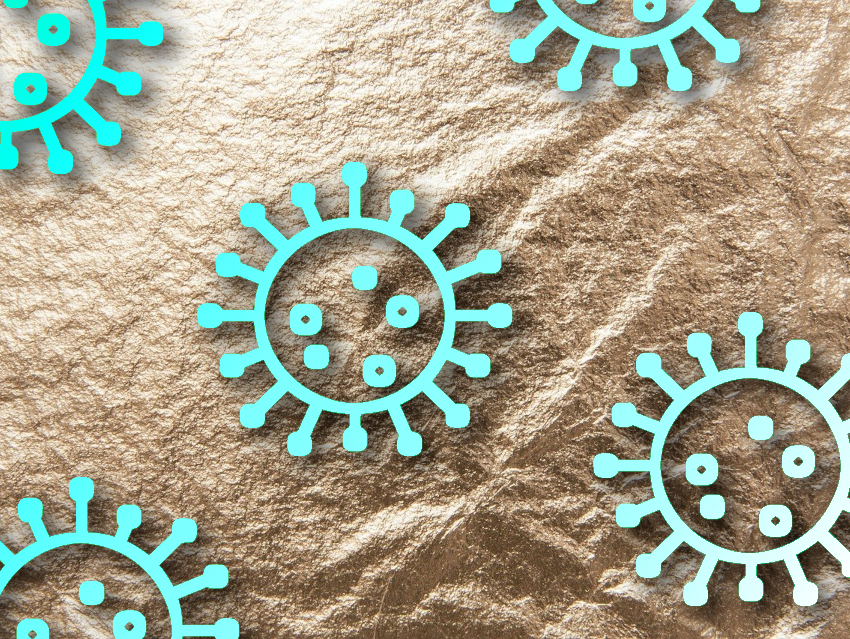Many cases of sexually transmitted infections, such as human papillomavirus (HPV) and human immunodeficiency virus (HIV) infections, occur in low-resource settings in poorer countries. Cervical cancer deaths, which are caused mainly by HPV, occur disproportionately in these regions. However, in these locations, there is often a lack of facilities, trained personnel, or financing for diagnostic tests such as polymerase chain reaction (PCR) tests or antibody detection.
Ariel L. Furst, Massachusetts Institute of Technology (MIT), Cambridge, USA, Catherine M. Klapperich, Boston University, MA, USA, and colleagues have developed a cost-effective electrochemical platform that uses gold leaf electrodes in combination with a CRISPR-based assay to sensitively detect human papillomavirus DNA in human samples. The team used an inexpensive sheet of 24K gold leaf, which was affixed to a self-adhesive sheet and cut to create gold “stickers”. The gold electrode stickers were then placed in a small sample well and combined with silver paint to create a three-electrode system.
The team attached methylene-blue-labeled DNA strands to the surface of the gold-leaf working electrodes. Then, they amplified the sample DNA with a technique called loop-mediated isothermal amplification, which does not require expensive PCR equipment. They added the amplified sample DNA, along with a CRISPR Cas12a enzyme engineered to recognize an HPV sequence, to the sample well.
In the presence of HPV DNA, the Cas12a enzyme is activated and cuts the dye-tagged DNA sequence. This changes the electrochemical signal that stems from the methylene blue, and thus, allows the detection of the virus. The assay costs about USD 2.30 per test, compared with USD 30–75 for existing laboratory-based HPV tests. It accurately detected HPV above a clinically relevant viral load in cervical swabs from patients. According to the researchers, the method could be adapted to detect other viral infections, including those with SARS-CoV-2.
- Electrochemical Strategy for Low-Cost Viral Detection,
Marjon Zamani, James M. Robson, Andy Fan, Michael S. Bono, Ariel L. Furst, Catherine M. Klapperich,
ACS Cent. Sci. 2021.
https://doi.org/10.1021/acscentsci.1c00186




